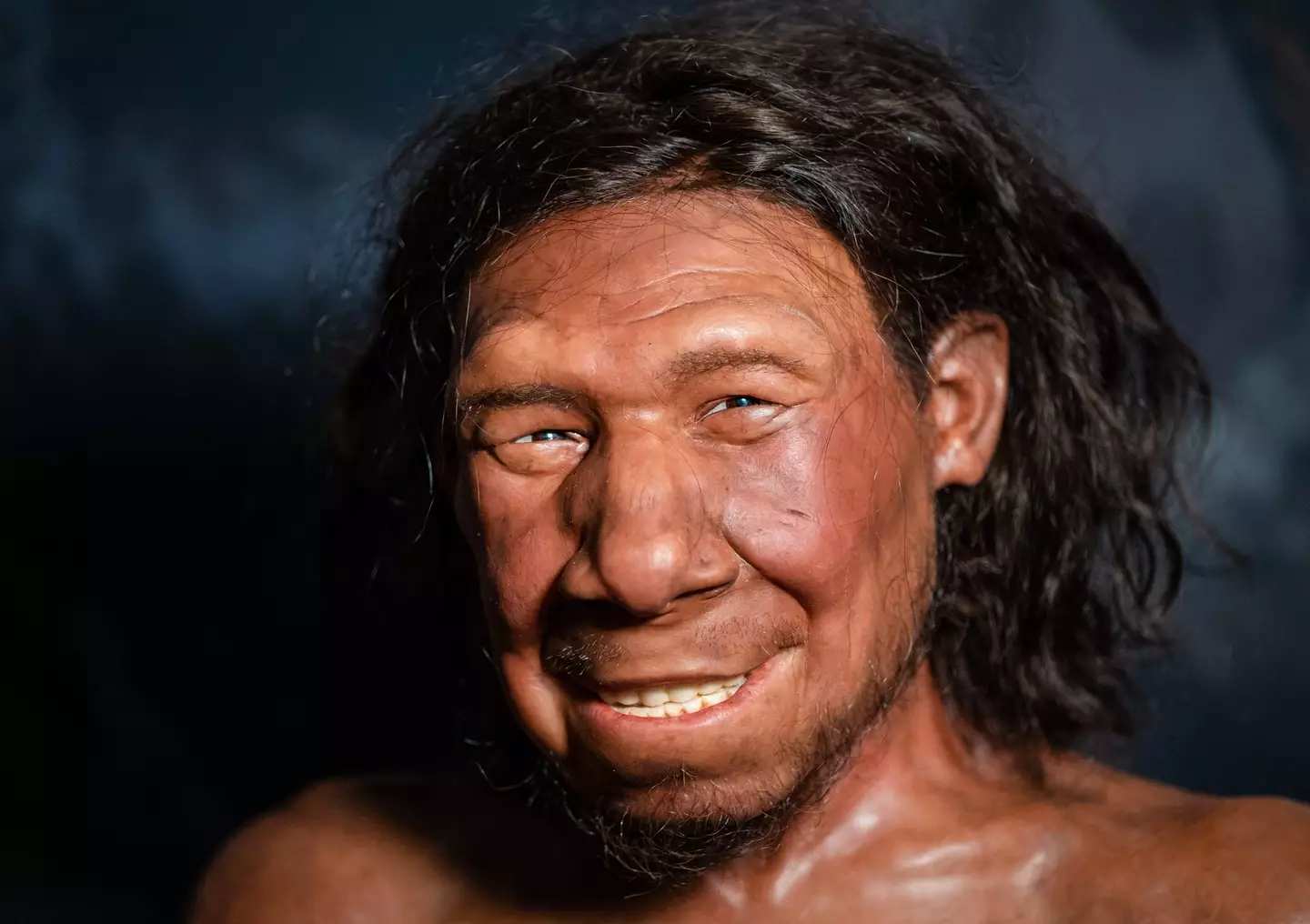
When you think of Neanderthals, you probably have the image of primitive, unsophisticated, and not very intelligent.
But in fact, there is evidence to suggest this impression is false, with these closest ancient human relatives being just as capable as Homo Sapiens.
We also know that there was even interbreeding between Homo Sapiens and Neanderthals at some point in time.
Why Neanderthals - who lived between about 130,000 and 40,000 years ago - disappeared is still not clear, whether it was disease, being out-competed, or being actively killed.
But what we do know is that thanks to that interbreeding, some Neanderthal DNA may still survive to this day.
Advert
And this is how you can tell if you might have traces of Neanderthal DNA.
It's worth saying that these could also be from other descendants, but it could be that they indicate a connection to our prehistoric cousins.
While the effects on us today are obviously very small, they are nonetheless detectable, and some of them are not what you might expect.
The first is an increased likelihood of nicotine dependency. See, told you it was unexpected.
Advert

Genetic engineer Sebnem Unluisler told the Daily Mail: "Studies suggest a link between Neanderthal DNA and nicotine addiction risk. Individuals with Neanderthal ancestry may have a slightly increased likelihood of nicotine dependence."
Another one is how your hair looks. So, if you have thicker or straighter hair, that's a sign, as well as red hair.
Unluisler said: "Neanderthal DNA has been linked to variations in hair characteristics. Some people with Neanderthal ancestry might have slightly thicker or straighter hair.
Advert
"Studies have also shown a higher frequency of a genetic variant associated with red hair was present in Neanderthals."
Another factor is your sleep pattern, with the study saying: "Neanderthal DNA may influence circadian rhythms and sleep patterns. This may have been influenced by epigenetic factors such as climate, social dynamics and light exposure.

"People with Neanderthal ancestry may experience variations in their sleep-wake cycles."
Advert
Having a large nose could also indicate a connection, according to a study from University College London. This may have helped breathing in a colder climate.
Another is that you may have been particularly badly affected by Covid-19, with people known to have neanderthal ancestry tended to experience worse symptoms.
Finally, you may also struggle to get a tan, with a study from Unsluisler explaining: "Individuals with Neanderthal ancestry might tend towards lighter or darker skin tones, with some having alleles associated with lighter skin tones that may have provided increased resistance to UV light in regions with lower sunlight intensity."
So there you have it, Neanderthals are gone but most definitely not forgotten.
Topics: News, World News, Science
